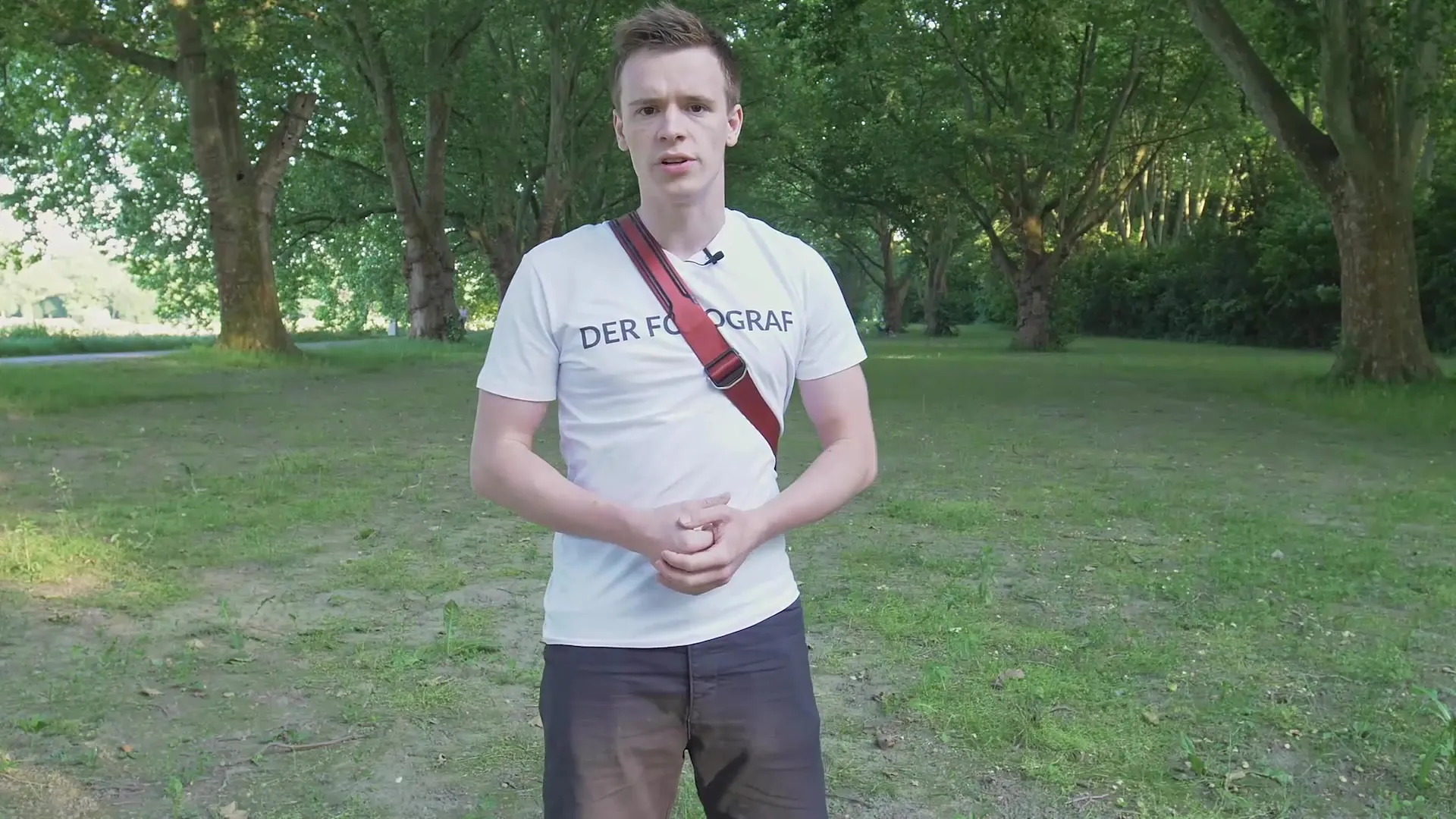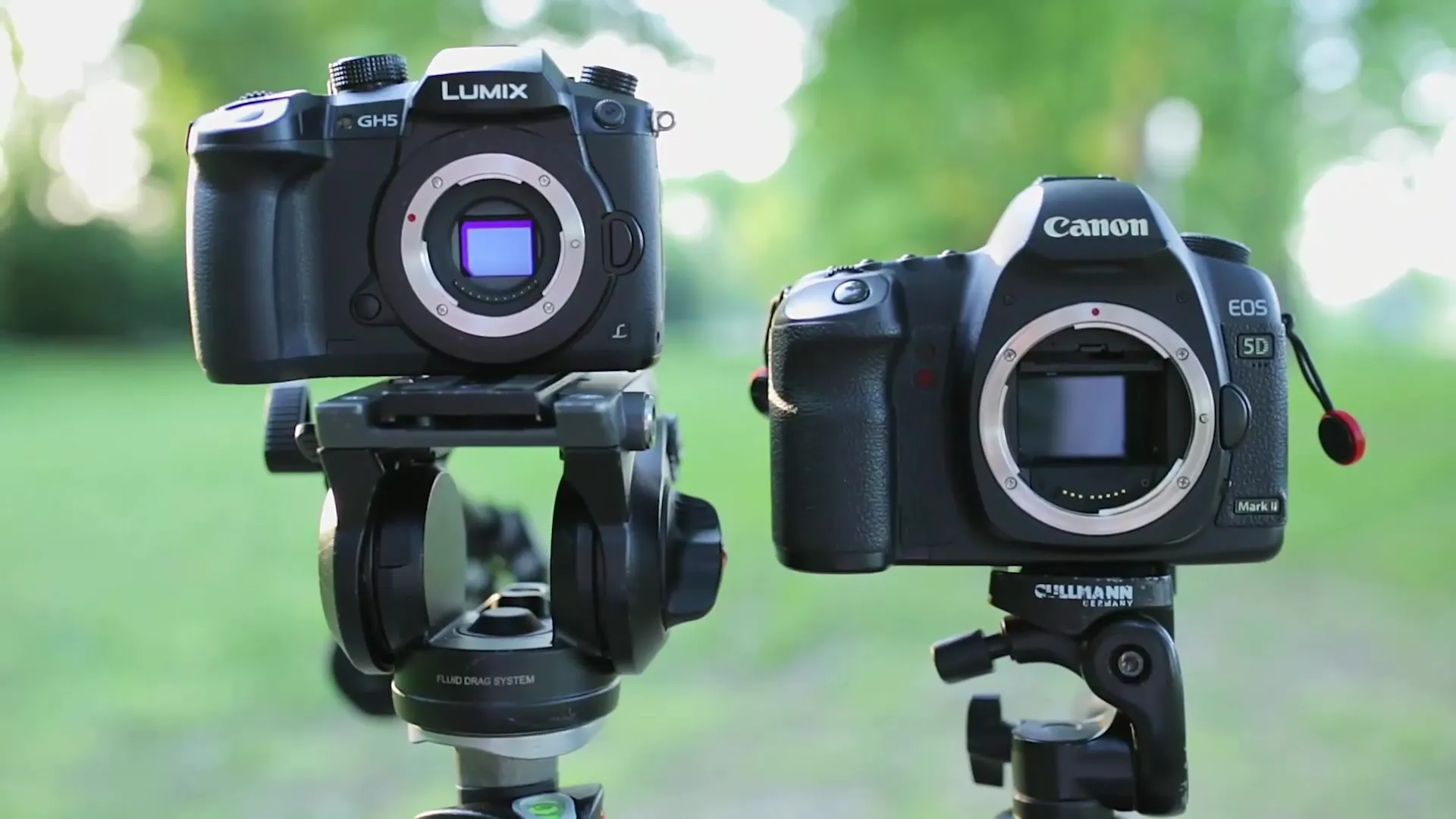The choice of the right camera type can be crucial for your photographic success. The sensor size plays a significant role, as it affects both the image quality and the handling of your camera. In this text, you will learn more about the differences between full-frame, APS-C, and Micro Four Thirds sensors and how these influence your photography.
Key insights
- Full-frame sensors offer better image quality, less noise at high ISO settings, and a shallower depth of field.
- APS-C and Micro Four Thirds cameras are often cheaper and provide an advantage with telephoto lenses due to the crop factor.
- The choice of sensor should depend on your photographic goals and budget.
Important facts about sensor sizes
The sensor sizes are a crucial element in photography. The full-frame sensor is based on the classic 35 mm film size, while APS-C and Micro Four Thirds sensors are smaller and have evolved from the history of photography. These differences arise from technological advancements and the demand for more compact cameras without sacrificing image quality.

The capacity range that different sensor sizes offer has a significant impact on how you compose your photos and what equipment you need. APS-C cameras are a popular middle ground, providing some flexibility and often available at a lower price point.
A good example of this are the G5 models from Panasonic or the OMD models. These Micro Four Thirds cameras have a crop factor of about 2, meaning that a 16 mm lens appears as 32 mm on a full-frame sensor.
Influence of the crop factor on your photography
When photographing with a crop camera, the smaller sensor allows you to get closer to your subject, especially in the telephoto range. A 200 mm lens on an APS-C camera acts like a 400 mm lens on a full-frame camera.
This is especially useful in wildlife photography or at sports events where it is crucial to capture details on a larger scale. The additional reach can help you create images that may not be possible with a full-frame camera unless you are physically closer to the subject.
Another important factor lies in the depth of field. Full-frame sensors produce a shallower depth of field, which means the background becomes beautifully blurred, making it great for portraits.
However, note that these larger sensors also come with higher costs. The noise performance of a full-frame sensor is also better, as the pixels have more space compared to an APS-C or Micro Four Thirds sensor to gather light.

Decision criteria for the sensor
Now the question arises: How do you decide which camera or sensor to buy? Here are some considerations that can help you:
- Type of photography: If you often shoot portraits or landscapes, a full-frame sensor might be the better choice for you.
- Budget: Full-frame cameras typically start at around 1000 Euros, while APS-C models are often available for a few hundred Euros.
- Previous equipment: If you already own certain lenses, this can also be a deciding factor. Many photographers start with a crop camera since it is cheaper and later possibly upgrade to a full-frame camera.
It is important to get the most out of your current equipment and not immediately switch to the most expensive option. Understand your needs, test the equipment you have, and find out what works best for you.
Conclusion
As long as you know your photographic goals and consider your budget, you will make the right decision regarding the sensor size. Whether you are working with an APS-C, Micro Four Thirds, or full-frame camera, each has its own advantages. Experiment with your equipment and learn what works best for your style and requirements.
Summary - Learning Photography: Sensor Sizes in Detail
You now have a better understanding of the different sensor sizes and their effects on your photography. The top priority should be to choose the camera that fits your needs and budget.
Frequently Asked Questions
What is the difference between full-frame and APS-C?Full-frame sensors are larger and offer better image quality and less noise. APS-C sensors are smaller and have a crop factor that affects the focal length.
What advantages do Micro Four Thirds cameras offer?Micro Four Thirds cameras are compact, often provide a good zoom factor, and are generally more affordable than full-frame cameras.
When should I consider a full-frame camera?If you frequently take portraits or high-quality landscape photographs and are willing to spend more money, a full-frame camera can be worthwhile.


